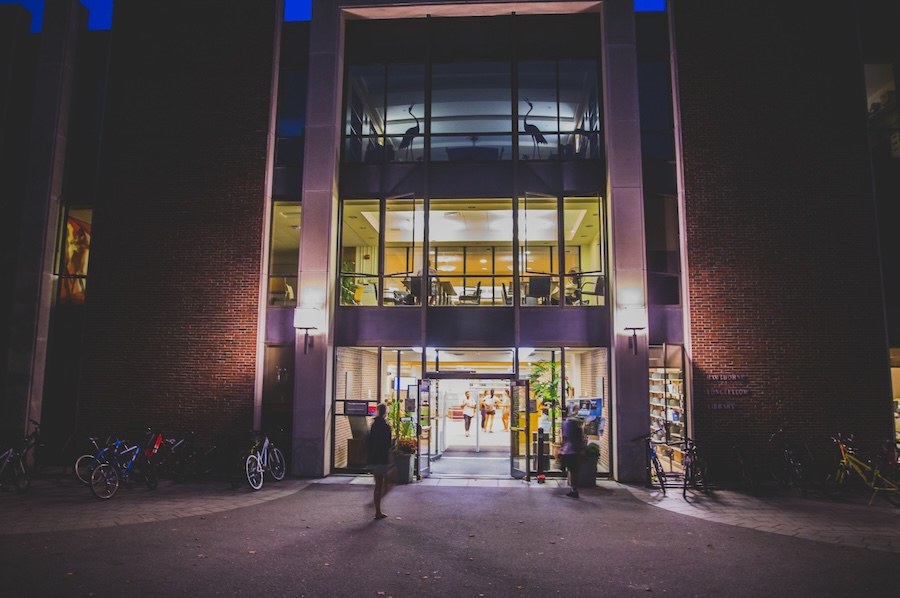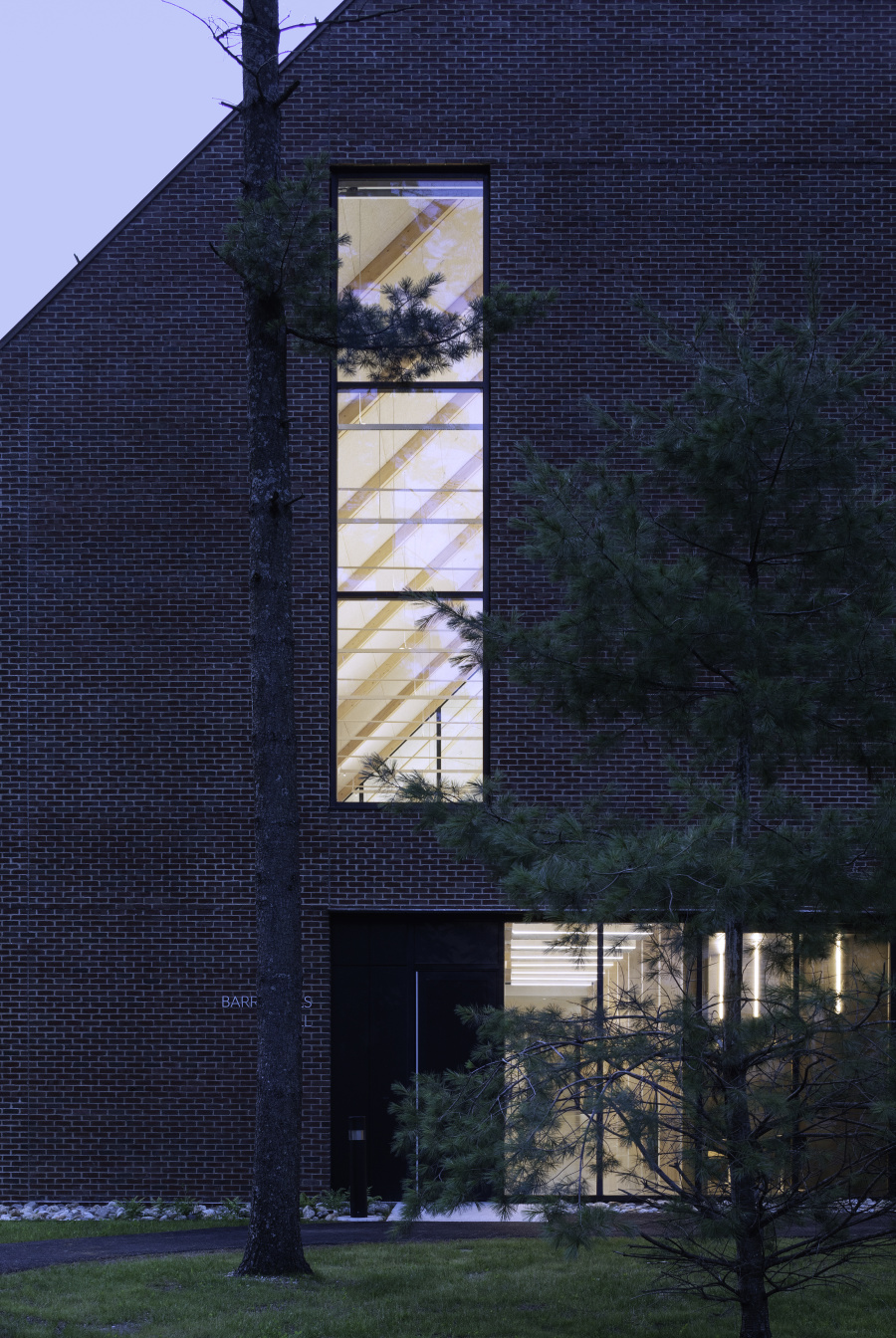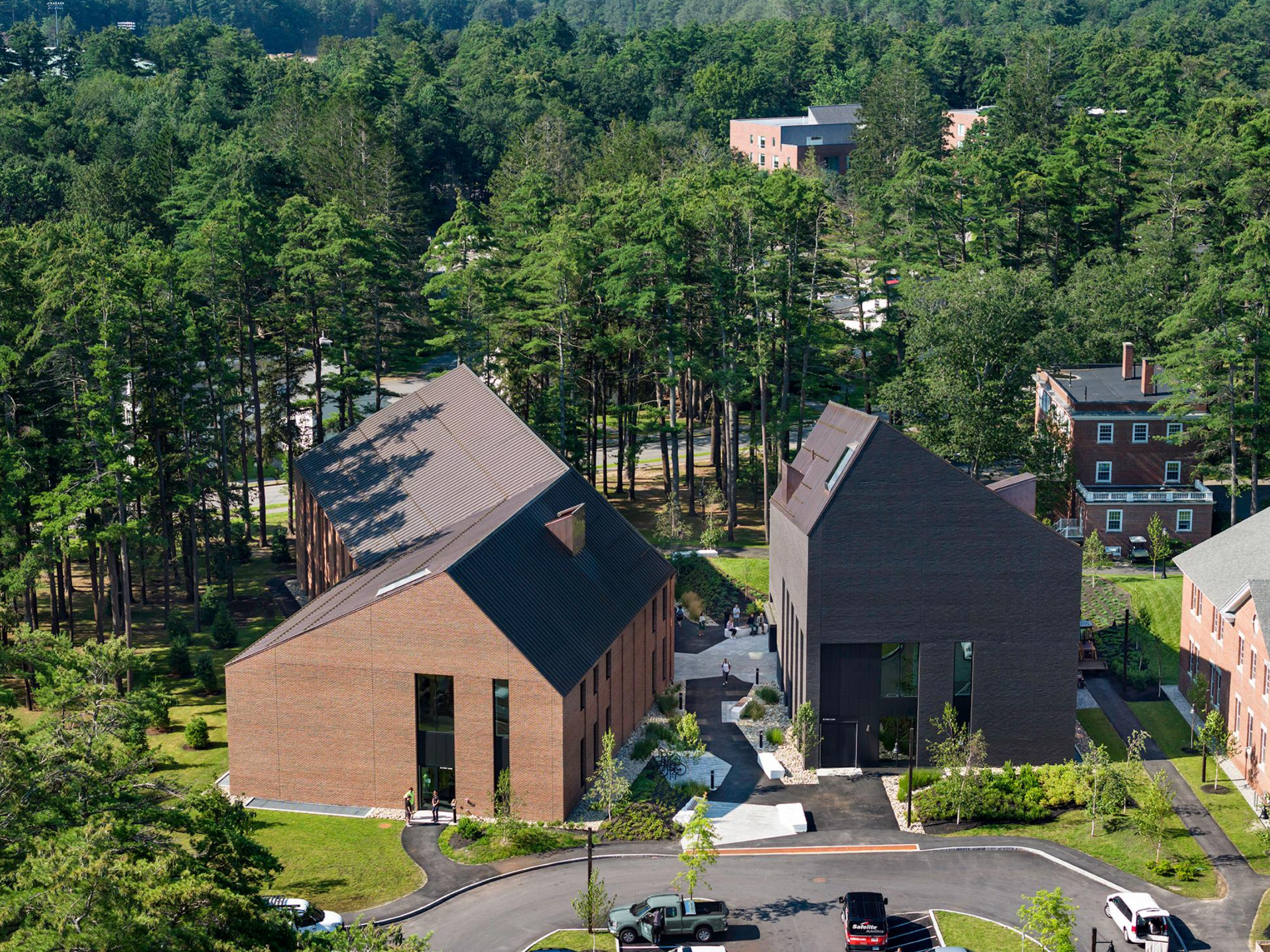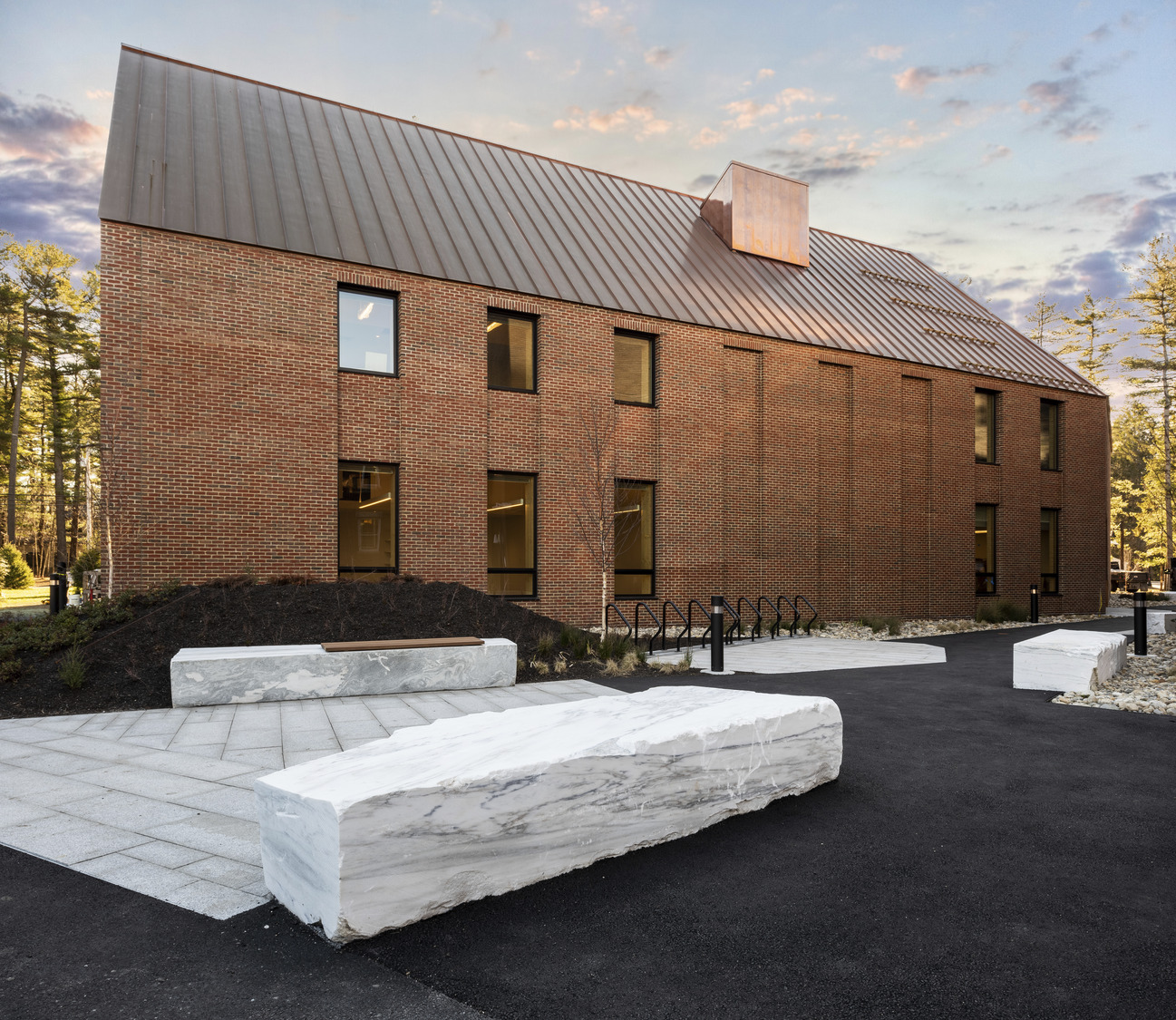A Century Later, Author Describes MacMillan's Crocker Land Expedition: 'A Wretched and Precarious Situation'
By Tom Porter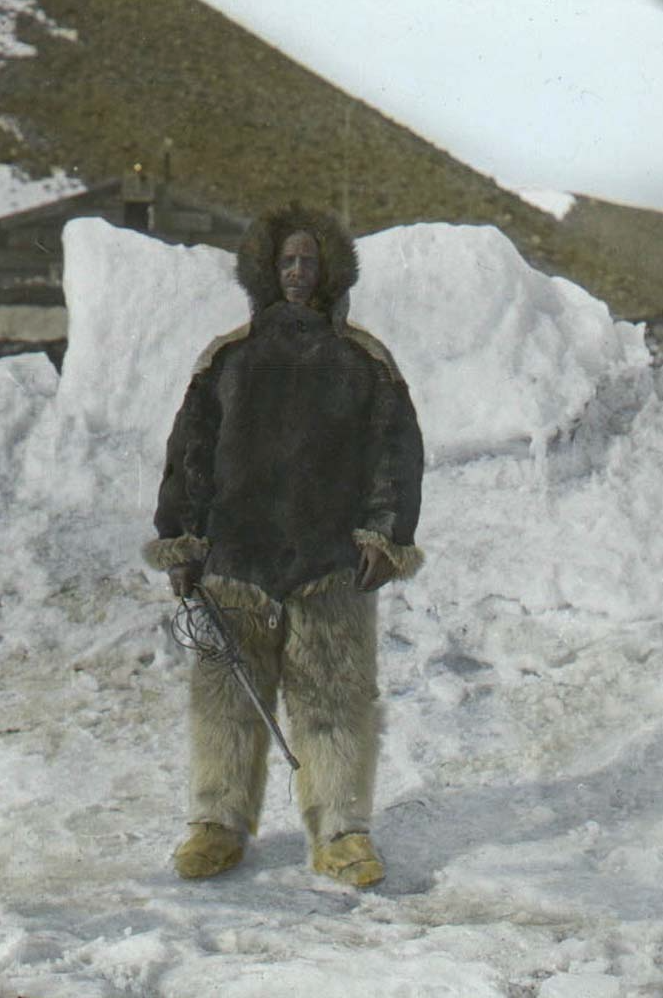
Among the challenges facing Bowdoin graduate MacMillan and his colleagues were a drunken sea captain, Arctic blizzards, marooned rescue parties, and a crewman-turned-murderer. Author and historian David Welky, from the University of Central Arkansas, recently visited campus to talk about his latest book, the first one written about the expedition, called A Wretched and Precarious Situation: In Search of the Last Arctic Frontier (W.W. Norton & Co. November 2016.)
How did this expedition come about?
It really is an extraordinary story and it all stems from a claim made by Robert Peary during his 1906 expedition. Looking from the top of a hill in the ice fields north of Greenland, Peary recorded seeing a series of mysterious peaks in the distance. It was widely believed he had discovered a new continent rising from the frozen Arctic Ocean. Peary named it Crocker Land, after George Crocker of San Francisco, one of his financial backers, who gave Peary $50,000 to fund an earlier expedition. Clearly Peary was hoping for another fifty thousand, for naming rights!
And did he get it?
No. Any hopes he may have had of George Crocker funding a further trip were effectively destroyed in the rubble of the San Francisco earthquake of 1906, after which Crocker plowed all his money into rebuilding the city.
How did the Crocker Land expedition get started?
After Peary’s “sighting,” the momentum just kept growing. Led by Donald MacMillan, the expedition was originally going to comprise just three people, and was going to be relatively inexpensive–maybe around $10,000. But more and more members were added–seven people went in the end— including a botanist, an engineer, a surgeon, a zoologist, and a cook. This meant they needed a bigger ship and more supplies, making the final cost around $80,000. The expedition was sponsored by the American Museum of Natural History, with additional support from the American Geographical Society and the University of Illinois. You would think there would be a rigorous vetting process, but there really wasn’t because these were the days of the amateur adventurer. For example, one of the scientists—a University if Illinois professor—listed among his prime qualifications the fact that was he “of Scandinavian heritage.” There was a real eclectic quality to the people on this trip, which, by the way, did not involve Robert Peary.
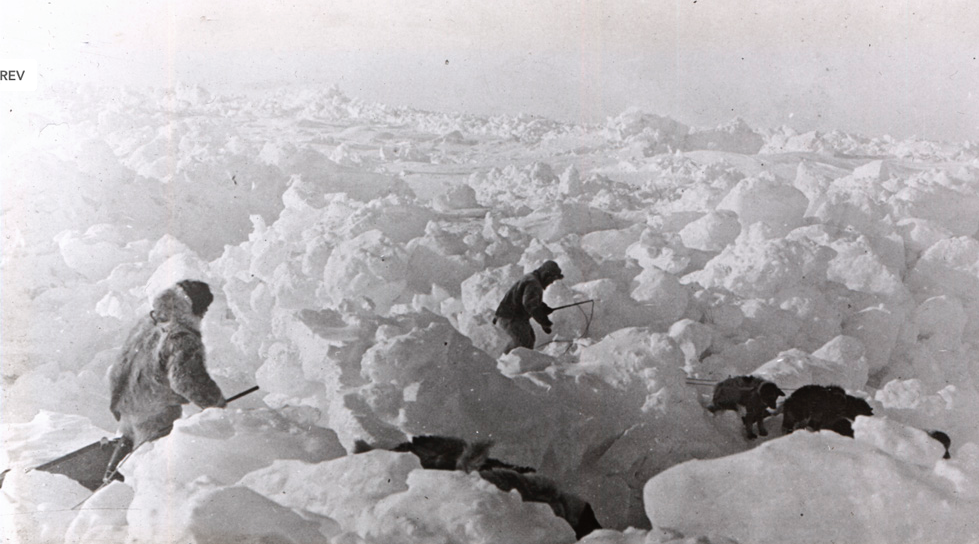
How long was it before the expedition ran into problems?
Their plans started to fall apart quite early. Two weeks after leaving New York City, the ship’s captain got drunk and ran the vessel ashore on a stormy night off Labrador, causing everyone to transfer to another ship. They eventually arrived in northwest Greenland more than two months after setting out. And this was just the beginning of their problems.
What other problems did they encounter?
One of the big hopes of the expedition was a new, expensive wireless radio set which they took with them. The plan was to broadcast live to the US from the Arctic Circle and make a huge amount of money. But when they put up the aerial, nothing happened: The equipment wasn’t strong enough. They tried hooking up the aerials to kites, but the kites kept crashing to earth.
But the problems didn’t end there: Weather conditions were even more troublesome than anticipated, so the ship that arrived to take the expedition home got stuck in the ice, as did the rescue ship that followed. This meant that there were more and more mouths to feed as they remained stranded up in the Arctic. Also, there was a murder committed during the expedition by one of the crewman, and if you want to find out more about that you should read my book!
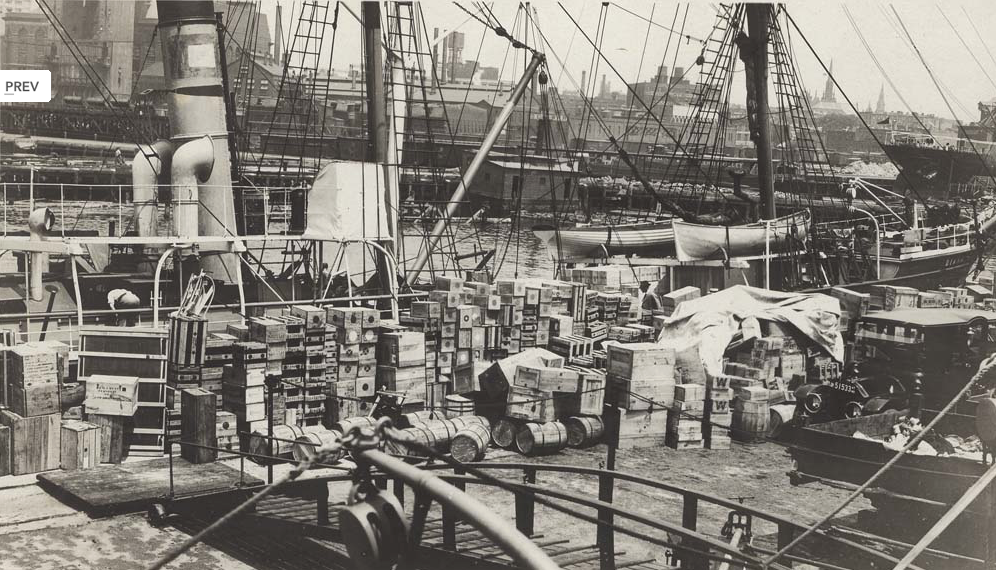
How was everyone able to survive for more than four years on limited supplies?
They only survived because 250 members of a nearby Inuit tribe did a lot of hunting for them and taught them how to make it through the winters. A sort of micro-economy was established to trade things like wood, rifles, and ammunition, for seals, walrus, narwhal, and other food. A couple of the Americans were also really good hunters, but it was the natives who really kept them alive all this time.
Did they find Crocker Land
No. MacMillan failed to find a new continent. At one point he thought he could see it, but it turned out to be a mirage.
So is it likely that Peary too saw a mirage back in 1906 when he claimed to have discovered Crocker Land?
That’s one of the things I look at in detail in the book. It’s possible he saw a mirage—other explorers have seen them, and Peary himself said the Arctic plays tricks on your mind. He had enough credibility at the time that no one blamed him for effectively sending MacMillan on a wild goose chase. They accepted that he had seen a mirage. Later researchers, however, have suggested that Peary made up the whole thing to generate continued interest in the region and, importantly, financial backing for future expeditions. I personally agree with this assessment. Peary was such an experienced and gifted Arctic explorer that it’s hard to believe he would have been taken in by a mirage.
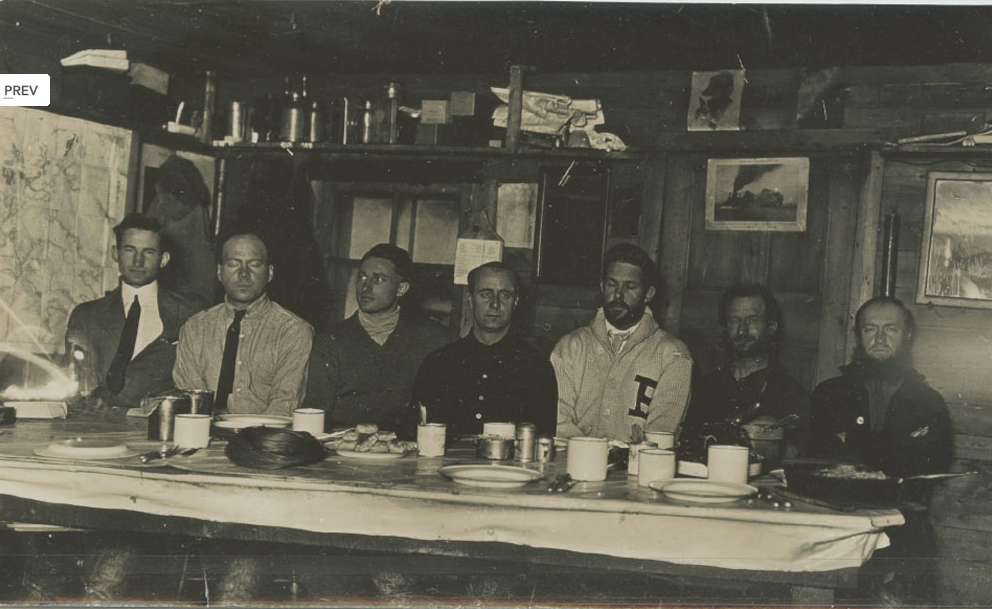
What is the expedition’s legacy?
They did a lot of important work in terms of biological and zoological research, things that aren’t necessarily headline-grabbers but are important for science. They bought back thousands of specimens and photographs. Some small islands were also discovered by MacMillan, but nothing on the scale of what Crocker Land was thought to be. Another legacy of this trip is that it persuaded Donald MacMillan of the need to build a ship durable enough to operate in the Arctic. The schooner Bowdoin was launched in 1921, and has made numerous voyages inside the Arctic Circle. She’s still afloat today and used as a training vessel by the Maine Maritime Academy.
For me, what’s most interesting about the Crocker Land expedition is that it represented the end of the age of heroic exploration, of Teddy Roosevelt-inspired amateur adventurers, dressed in furs, traveling by dog sledge, looking for new areas to discover for America. We don’ explore that way any more. While there are undoubtedly still risks involved in going to the Arctic, you’re typically only a phone call and a helicopter ride away from safety.
Dr David Welky from the University of Central Arkansas carried out much of his research at Bowdoin College, where the Peary-MacMillan Arctic Museum houses many diaries, journals, photographs, and letters from the Crocker Land expedition. The museum is currently hosting an exhibit about the expedition, which runs until December 22, 2016.
